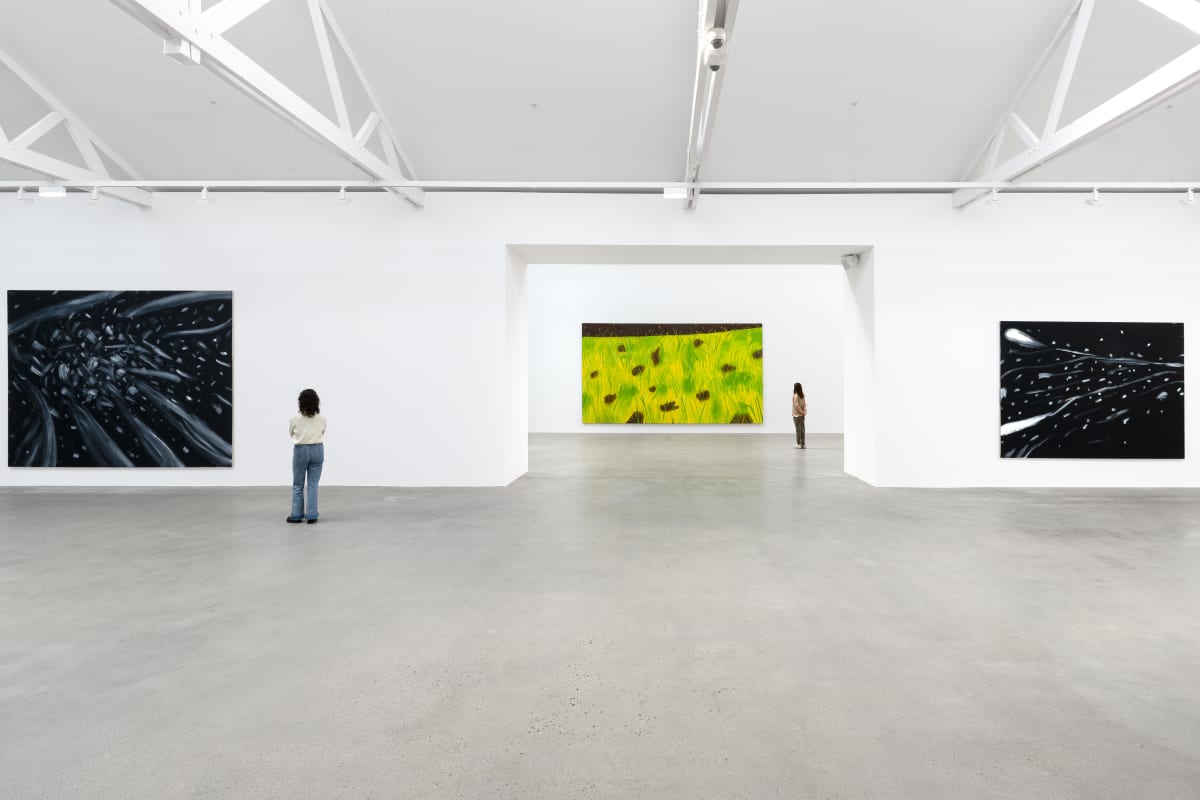Alex Katz: 'At 96, I paint in the wind' An interview with Lara Crinò on his ocean paintings on display in Venice . (This link opens in a new tab).
By Lara Crinò
At 96, Alex Katz still travels between the United States and Europe to mount his exhibitions. An eminent master, and yet distant from the currents of 20th and 21st century American art, he is currently being celebrated on both sides of the ocean. While the MoMA in New York is preparing to display his Seasons series from July, a wider selection of recent large-scale paintings is on show until 29 September at the Giorgio Cini Foundation, on the Island of San Giorgio Maggiore in Venice, for Claire, Grass and Water.
(...)
Katz has a lucid peacefulness in what he says and does, like the masters of old, leaving behind fads and fashions to immerse himself solely in what he is looking for. Just as looking at Titian’s most mature work makes us think of Bacon, so looking at Katz, the mind’s eye runs to Rothko but also to Impressionism and further back in time yet. We meet the artist on Zoom from where he is at the Paris Pantin location of the Thaddaeus Ropac gallery that represents him, for a temporary exhibition of his prints. Elegant in a light jumper, he sips a cappuccino while talking about his work and says: ‘I am happy with Venice, it is the right thing, at the right time’.
The paintings that welcome visitors to the Cini Foundation are oceans at night: dreamlike visions of life underwater. How did they come about? I have been painting the way the surface of the sea reflects light for at least fifty years, and I have never been completely satisfied with the result. Water has movement, weight, transparency, but most painters fail to capture these three qualities and limit themselves to a kind of notation of the surface. In the canvases now at the Cini, I tried instead to grasp weight, movement and transparency through black and white. I photographed the ocean and turned the shots into paint, using brushstrokes to convey its characteristics.
For this aquatic series, as well as for the country landscapes, you chose a very large format. Why is that? I believe that one draws a certain energy from large paintings. The format conveys the impression of being surrounded, enveloped by the landscape, rather than just looking at a small painting. The paintings of water are also the right size, in my opinion. It is also a reflection on what we mean by realism. Realism is the feeling of really being in a field, in the grass, or really in the water. To do something merely illustrative is without purpose: as an artist, what you want is to explore a place where nobody has been before.









































































































































































